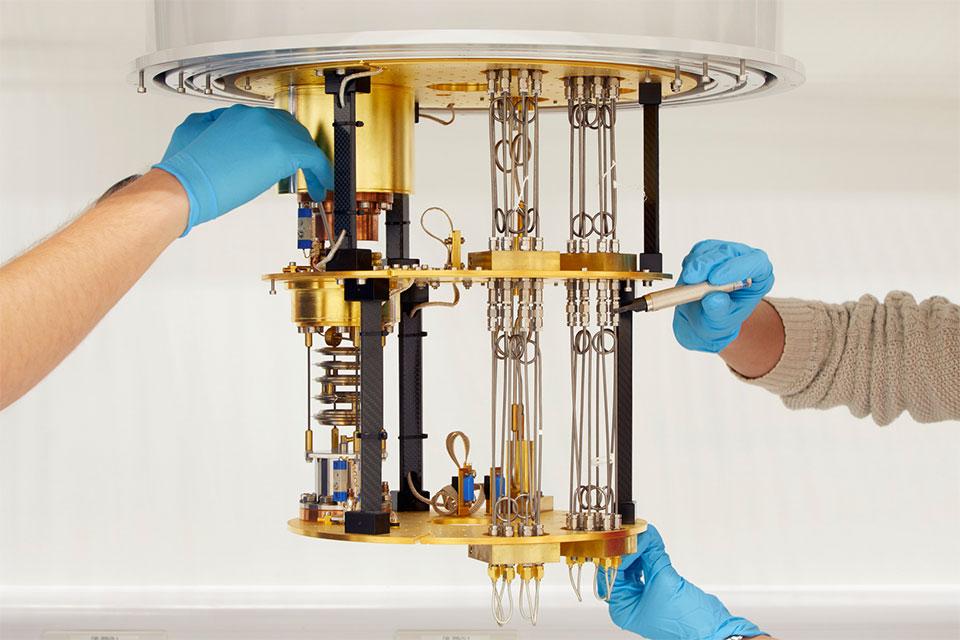Clarendon Laboratory, Department of Physics, University of Oxford, Parks Road, Oxford, OX1 3PU
Manuel Bibes, Unité Mixte de Physique CNRS/Thales, Université Paris-Saclay, 91767 Palaiseau, France
Just as the apparent incompatibility between ferroelectricity and magnetism prompted the renaissance of multiferroics1, the research on « ferroelectric » metals – conjectured in the 1960s by Anderson and Blount2 – was recently revitalized. Yet, their experimental demonstration remains very challenging due to the contra-indication between the presence of free charge carriers and switchable electric dipoles. In this talk we will report on two-dimensional electron gases (2DEGs) formed on Ca-substituted SrTiO3 (STO). Signatures of the ferroelectric phase transition near 30 K are visible in the temperature dependence of the sheet resistance RS and in a strong, reproducible hysteresis of RS with gate voltage3. In addition, spectroscopic explorations of the 2DEG region indicate the presence of switchable ionic displacements. Beyond their fundamental interest in materials physics, ferroelectric 2DEGs offer opportunities in spin-orbitronics: we will show how their spin-charge conversion properties, caused by the inverse Rashba-Edelstein effect, can be electrically tuned in amplitude and sign in a non-volatile way4. These results open the way to a whole new class of ultralow-power spin-orbitronic devices operating without the need for magnetization switching. Finally, we will describe how one can introduce magnetism into such systems to achieve multiferroic 2DEGs displaying magnetoelectric coupling5.
1. Hill, N. A. J. Phys. Chem. B 104, 6694 (2000).
2. Anderson, P. W. et al. Physical Review Letters 14, 217 (1965).
3. Bréhin, J. et al. Phys. Rev. Materials 4, 041002 (2020).
4. Noël, P. et al. Nature 580, 483 (2020).
5. Bréhin, J. et al. Nat. Phys. 19, (2023).

